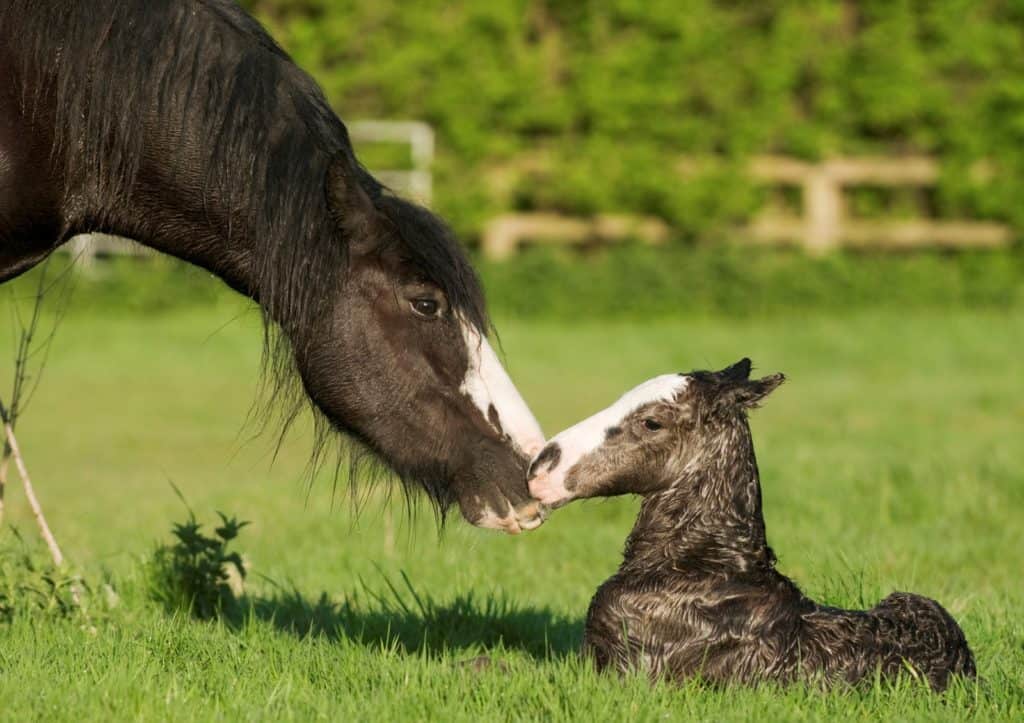
The Vet Tech’s Role in Ambulatory Broodmare Care
A well-trained and skilled technician can make a reproduction veterinarian’s job much easier and more enjoyable, especially during breeding season.
Horse breeding from planning through foal care

A well-trained and skilled technician can make a reproduction veterinarian’s job much easier and more enjoyable, especially during breeding season.

While some species develop a local immune response, sending special protective cells to the uterus itself, mares don’t, researchers learned recently. Rather, they appear to send those cells elsewhere as soon as semen enters the uterus. Where they go, nobody knows (yet).

A well-educated, trained, and reliable technician is invaluable to ensure things are in order and running smoothly. It makes a veterinarian’s day and the semen collection process much easier.

The equine genomics research community has outlined how to face the challenges associated with translating Horse Genome Project outcomes into clinical practice to benefit horses.

Researchers identified a 90% pregnancy rate in mares impregnated using the Wilsher embryo transfer technique and a 70% pregnancy rate in mares treated using traditional embryo transfer protocols.

Learn about the core vaccines recommended by the American Association of Equine Practitioners and the five deadly diseases they prevent.

Confirmed diseases include equine influenza, equine herpesvirus, piroplasmosis, salmonellosis, rabies, and more.

RESPE—the French epidemiological network for equine diseases—works main missions is to monitor equine diseases in France and throughout Europe and to alert the horse industry when a contagious equine disease outbreak is confirmed.

Researchers know that feeding horses ground endophyte-infected tall fescue results in palmar artery vasoconstriction, so scientists tested whether broodmares could experience decreased blood flow to the uterus, which could negatively impact their foals.

An old adage says a good horse doesn’t come in a bad color. But recent study results might rewrite that saying. Researchers have uncovered a possible link between coat color and harness racing performance.

While dietary CLA didn’t appear to reduce inflammation in yearlings’ knees following induction, synovial fluid analysis showed signs of reduced cartilage degradation and improved cartilage regeneration compared to controls.

Researchers found that their technique for removing ostoechondral fragments from the hock was efficient and had few postoperative complications.

Why would a mare prefer to foal in a field versus in a foaling stall or in the barn?

With equine herpesvirus infections seemingly on the rise, here’s how to protect your horses this season.

Selective breeding has led to a Thoroughbred uniquely adapted to modern racing’s demands. But it’s also led to inbreeding, and with that has come some less favorable genetic issues.

Taylor Equine Hospital assistant Ali Harman’s dream job involves clinic cases, farm calls, and foal watch.
Stay on top of the most recent Horse Health news with
"*" indicates required fields